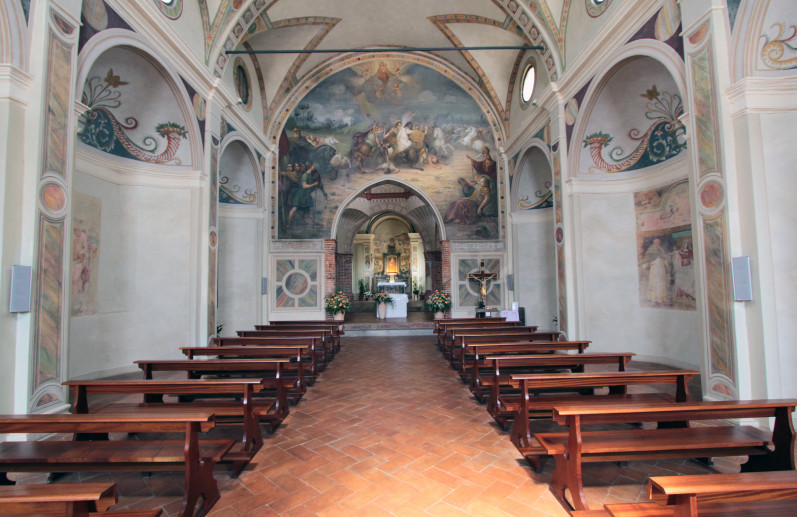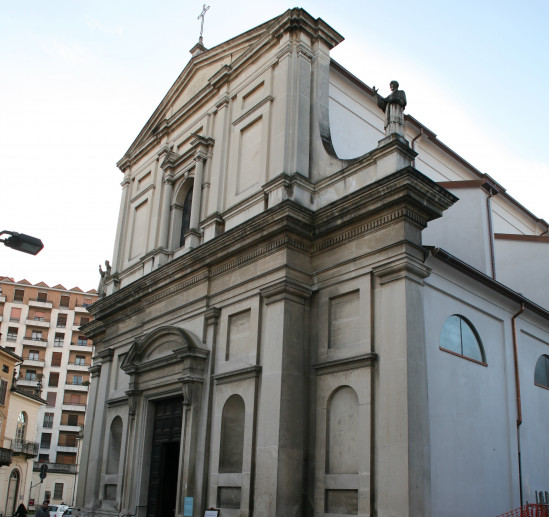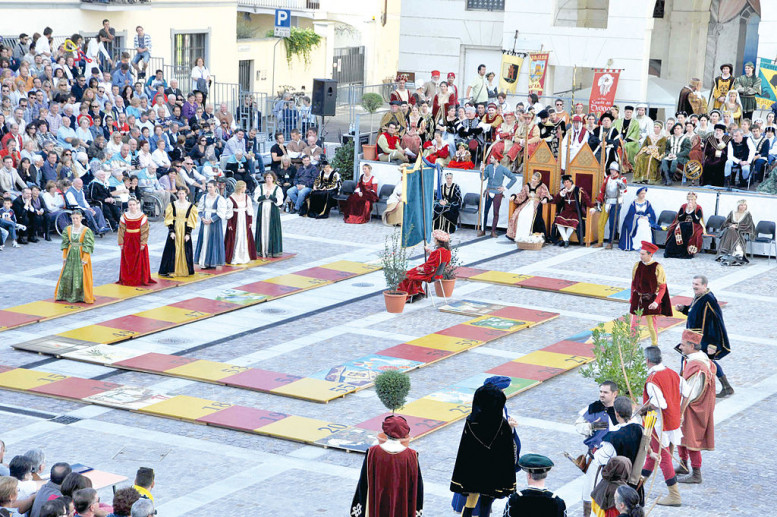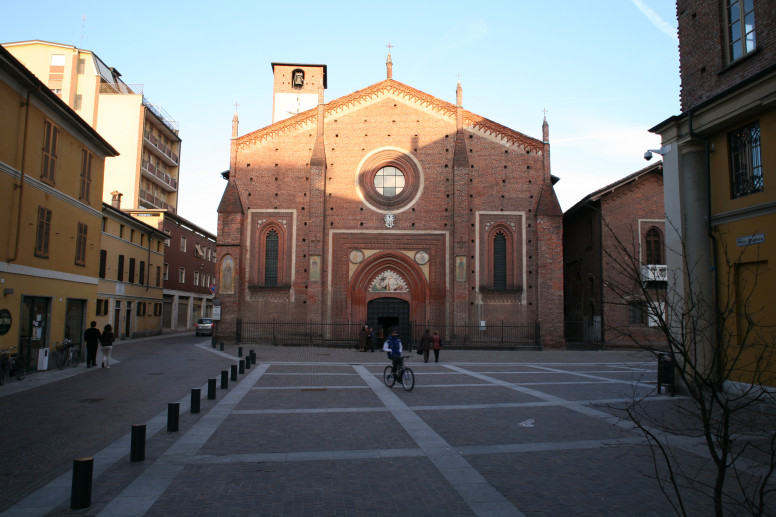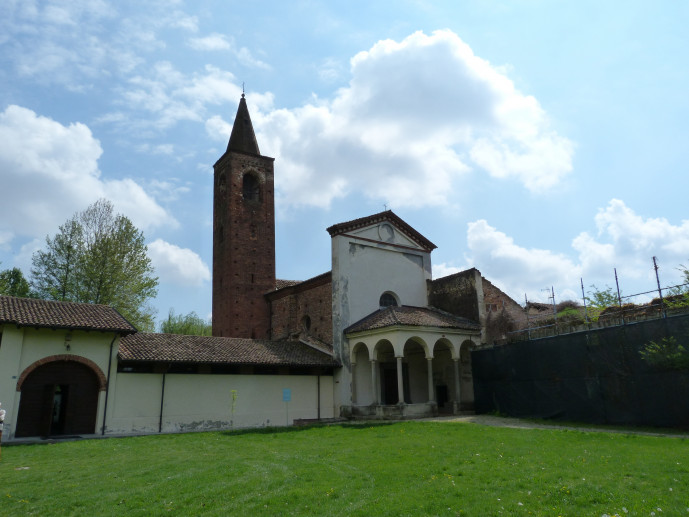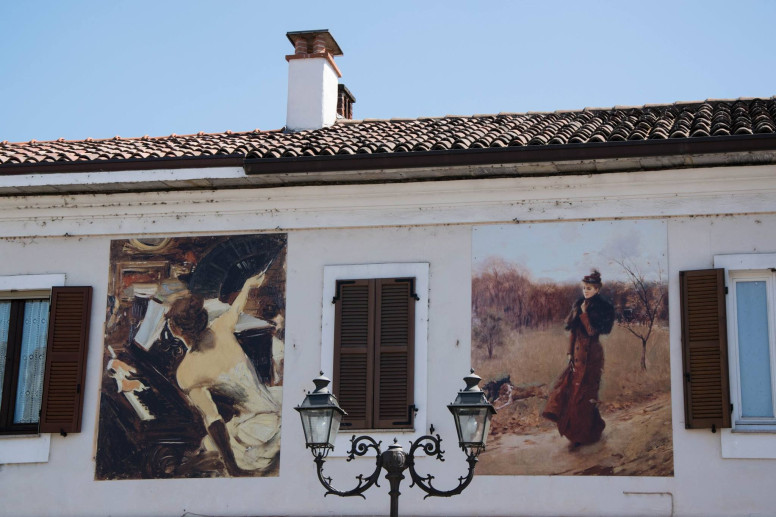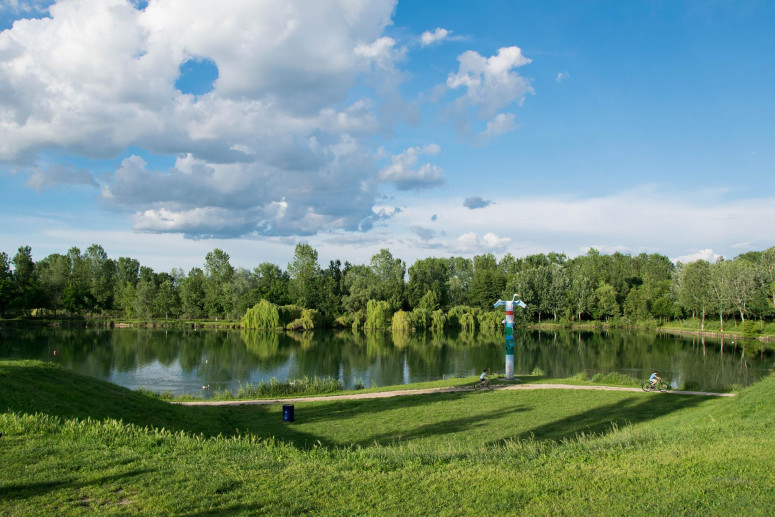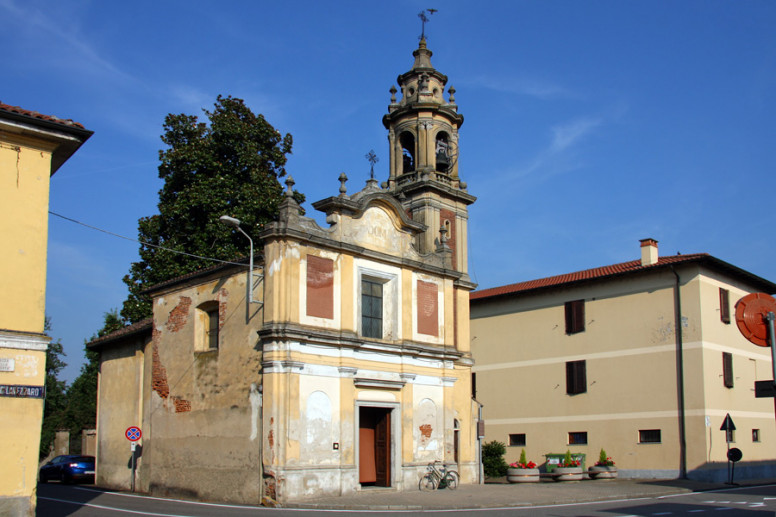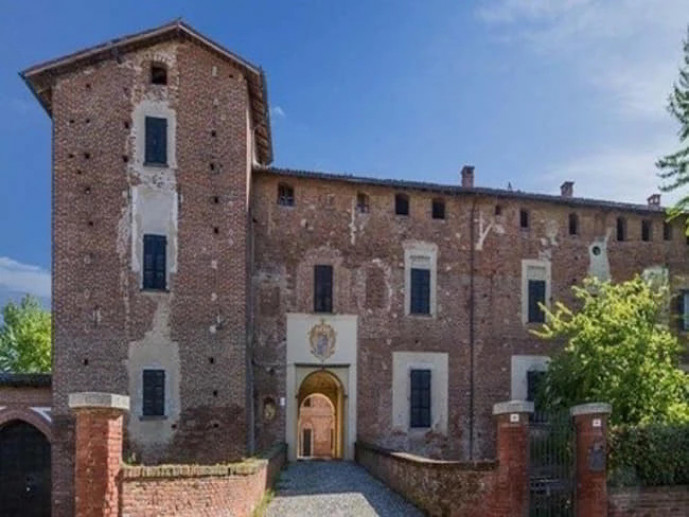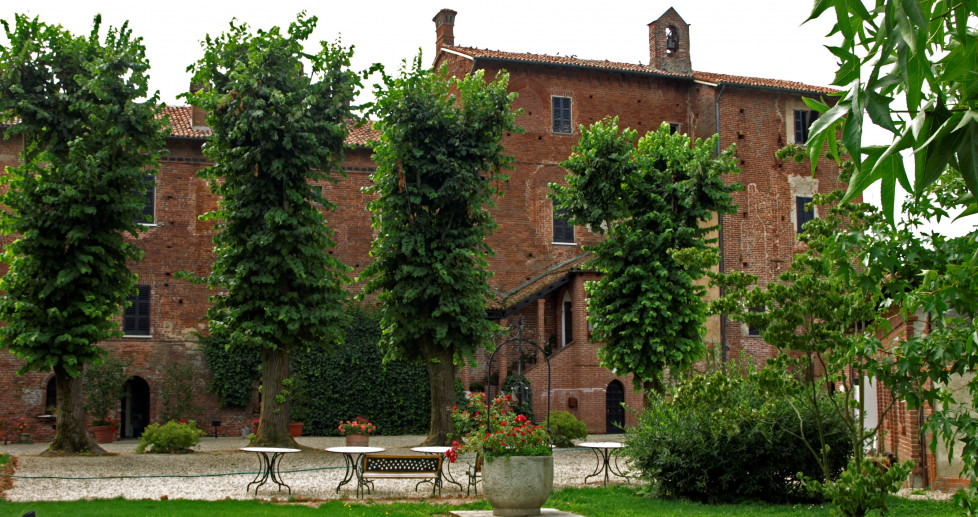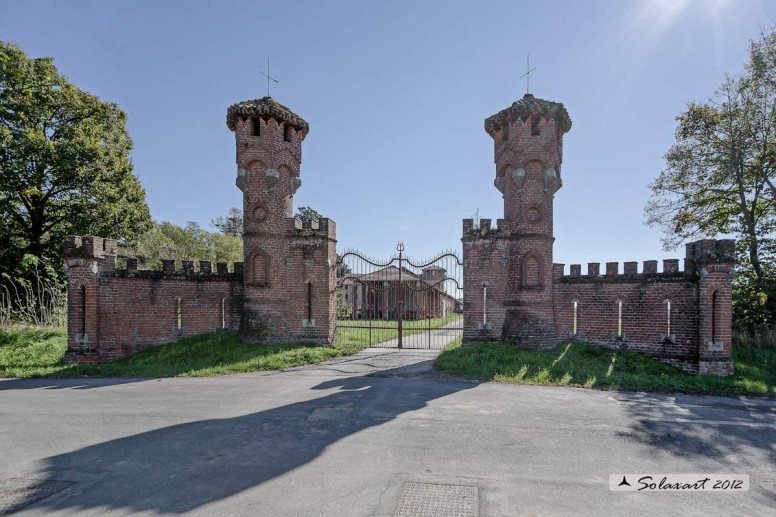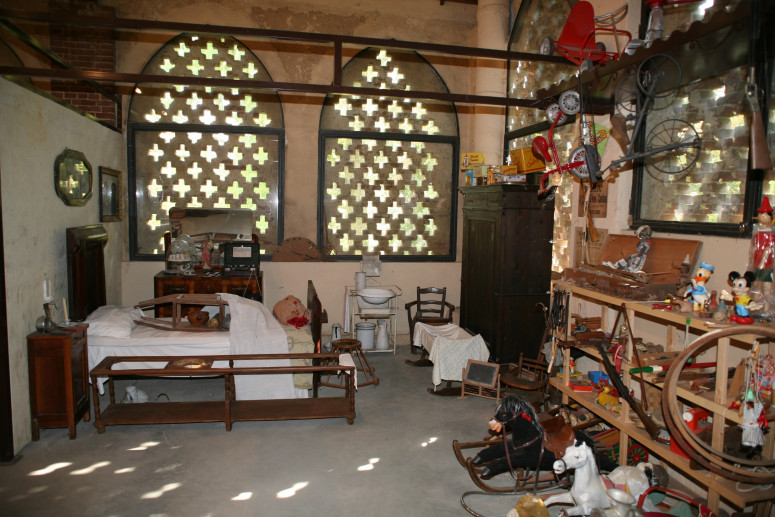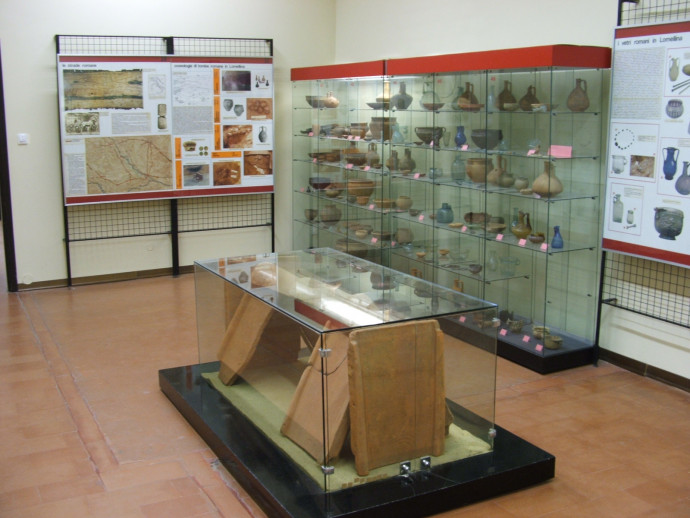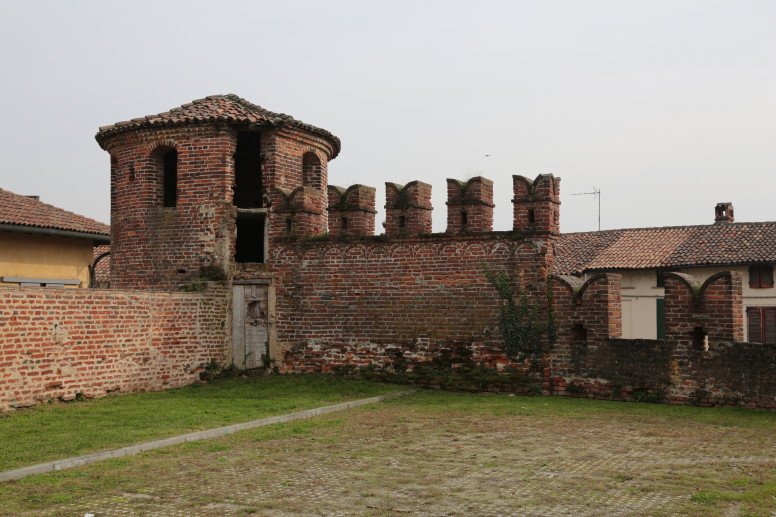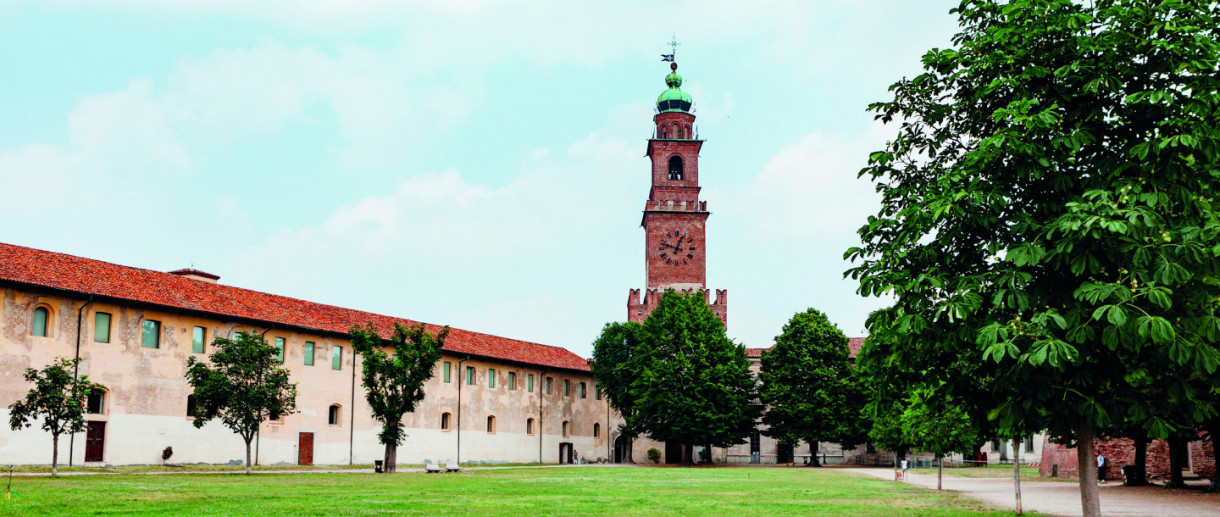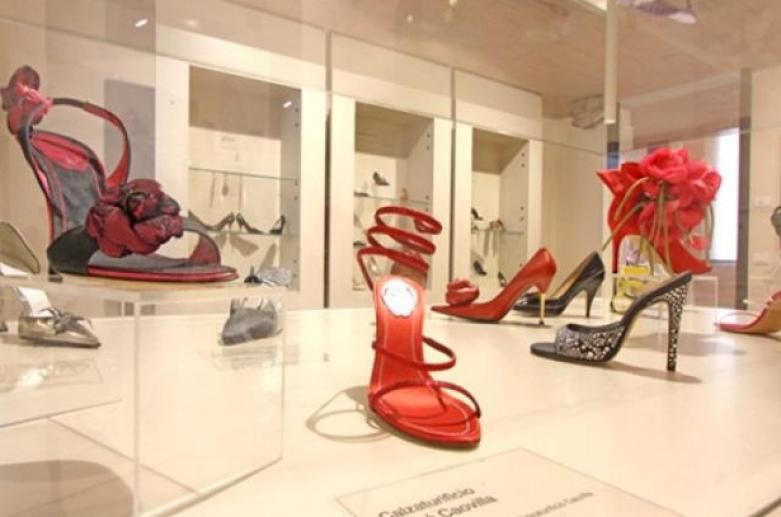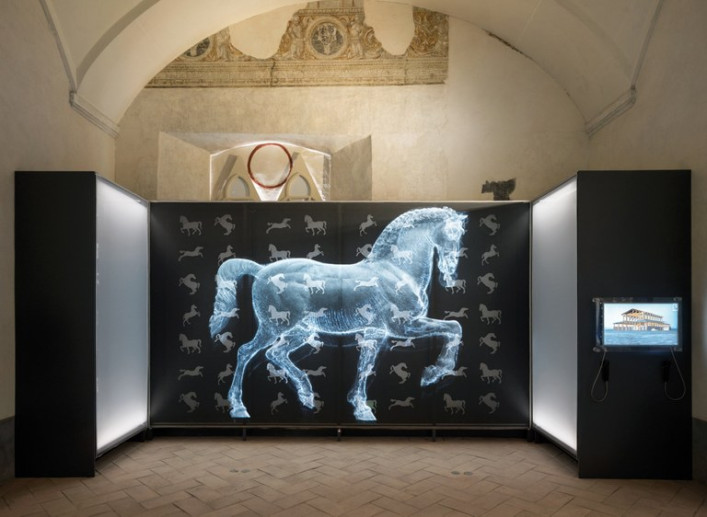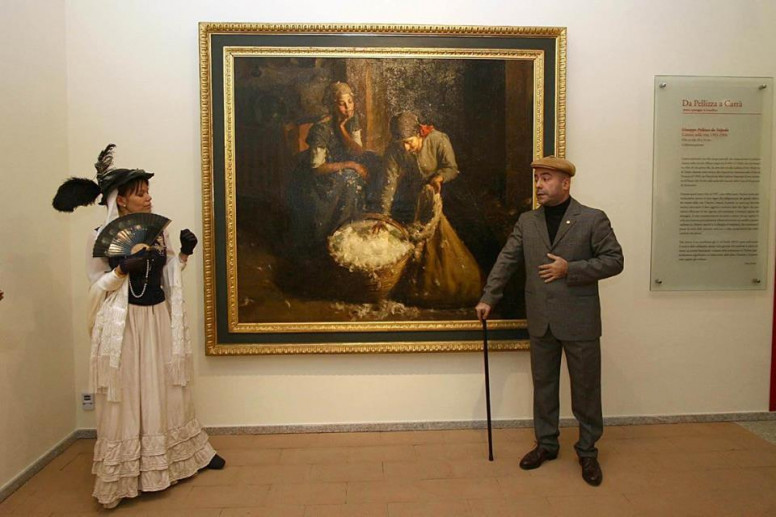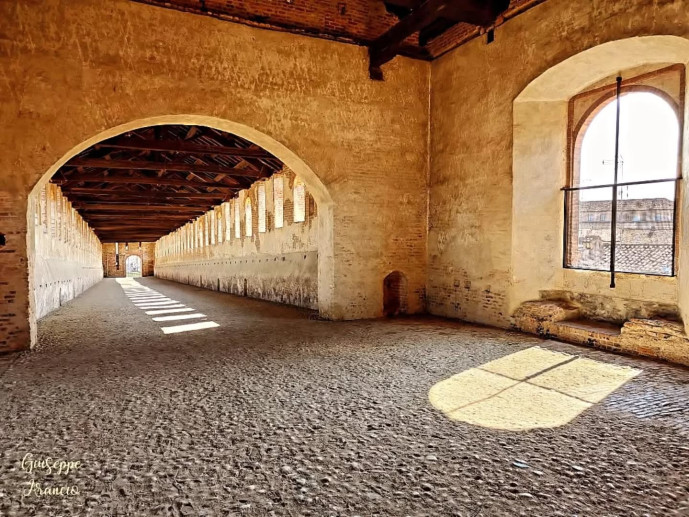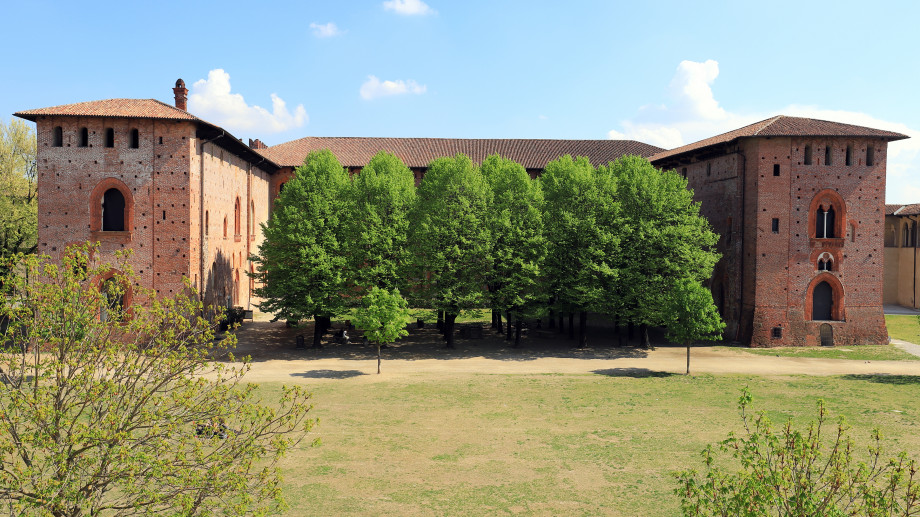- Villages
Parona
A small center of Lomellina, located between the territories of Vigevano, Mortara, and Cilavegna, Parona has about 2,000 inhabitants, spread over an area of 9.34 km² at an altitude of 113 meters above sea level (click here for the map of the town center).
Parona is an ancient village that has transformed in just a few years from a rustic and somewhat "old" town into a modern, dynamic, and welcoming municipality. Over the years, the town’s economy has gradually changed: from being an agricultural center, it has slowly become a town of small artisans and entrepreneurs, as well as a residential area for the many workers employed in nearby Lomellina towns. Parona is redefining its identity, yet it remains a small, human-sized town immersed in countryside that creates ever-changing and charming landscapes, with unique features that deserve to be discovered.
Notable is the Parish Church, dedicated to St. Peter the Apostle, rich in valuable frescoes. In the altar of the Madonna, within a beautiful golden wooden urn, there is a 1700s wax figure of the Baby Jesus (pictured here in a Christmas exhibition). This figure was placed in the Basilica of the Nativity in Bethlehem and laid down on Christmas Eve in the very spot where the shepherds worshipped the celestial infant. The church also houses the majestic painting "Tibi dabo claves" by the painter from Parona, Lorenzo Toma. The same artist created the fourteen panels of the Stations of the Cross along the central nave.
Also characteristic is the Church of San Siro, no longer used for religious services, whose bell tower (pictured above) is considered a symbol of Parona, having been chosen as the emblem depicted on the packaging of the "Offelle di Parona."
Parona also once had a Castle, home to several feudal families, of which little remains today.
Among the notable architectural works, Piazza Nuova stands out (pictured here); inaugurated in 1989, it gave a new look to the town center.
Despite these changes, the marks of Parona's rural past are still evident, reminding us of a not-so-distant time when daily life was hard but simple and genuine, with traditions passed down from father to son, of which the religious aspect was essential. A common thread that connected everyone was the language, the dialect, spoken by everyone, from the elderly to the children; this dialect is now almost extinct among the younger generations.
To discover the rural past of the town, it may be interesting to visit the eastern part, where traces of Parona's rural world can be found, starting with the Santo Spirito mill, followed by nearby farms still in operation: the Cascina Castello, also called "Cascinino," and the Cascina Scocchellina (pictured), named after archaeological finds, "cocci," in the surrounding area. There is also Cascina Scoglio, which houses several marble sculptures inspired by rural mythology from the late 1920s, as well as frescoes depicting the four seasons. Along the state road to Vigevano, there's Cascina Naïna, now a restaurant, where, in addition to the decorations on the buildings, the chimneys are very similar to those in Vigevano’s Piazza Ducale.
The traditional culinary aspects of the area are harder to find, although in recent decades, both in Parona, with the now-famous Sagra dell'Offella, and in other Lomellina towns, various events are held to rediscover and protect typical local products.
From an environmental perspective, noteworthy are the Acqualunga Forest with the nearby Newborn Park and the Rampi Forest.
In addition to the already mentioned Lorenzo Toma, there are other notable figures who were benefactors of our community in the 19th century and have linked their names to part of the history of our small town.
Culturally, several literary works by local authors are worth mentioning: some research on our village by historians Mario Rampi and Angelo Gravanaldi, two poetry collections by Lino Negri and Paola Bellavite, a fairy tale published by Carla Masutti, and a publication for children ("Il mio paese") published by the Pro Loco, which every year donates copies to the children in their first year of elementary school. The municipal historical archive has also been fully restored.
Finally, we cannot overlook the events organized by our Pro Loco throughout the year, first and foremost the aforementioned "Sagra dell'Offella" on the first weekend of October, whose first edition dates back to 1969. More recent, but equally attractive, are two other major events: "Parona téra böna," held on the first Sunday after Easter, and "Un paese per giocare," on June 2. The latest event organized by Pro Loco is a grand "Treasure Hunt."
(Source: Proloco Parona www.parona-lomellina.it)
